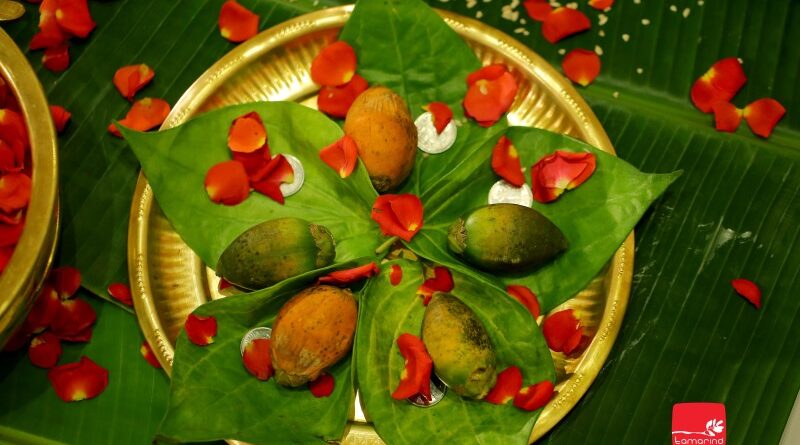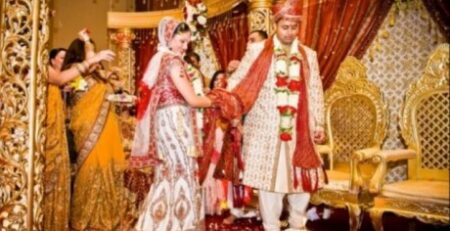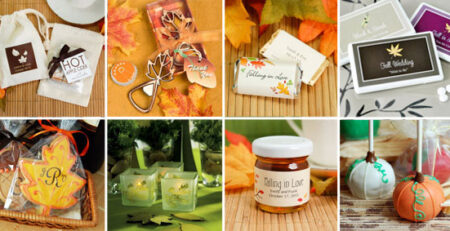Significance of Betel Leaves and Areca Nuts in Indian Weddings
Indian weddings are filled with numerous ceremonies and rituals that have been followed since time immemorial. Although you find many different customs pervading across the country, some ceremonies and rituals are the same everywhere. One such ritual is the use of betel leaf.
The use of betel leaves and areca nuts is a prominent ritual, especially in South India. The use of these two items in weddings dates back to 400BC. Because of its medicinal value, the leaves and nuts have been mentioned in ancient Ayurvedic books. Due to these properties, elders in India and other South Asian countries chew them as a mouth freshener and as an aphrodisiac.
The Tradition of Betel Leaves
Apart from using in poojas, betel leabes and areca nuts are used extensively during weddings. The bride and groom seek blessings from elders by prostrating at their feet and presenting them with these two items along with some money. This ritual is called ‘dakshina’. Indians considered it to be an auspicious start to a wedding.
In some places, the hosts welcome the guests with these two items, similar to the way we offer drinks. Many events tailing from Hindu culture makes use of the betel leaves prior to the commencement of the event, as a mark of freshness and prosperity.
In Bengal, weddings are finalized when the husband and wife swap a brass container topped with betel nut leaves. In Rajasthan, the relatives of the bridegroom eat only after serving betel leaves to all guests.
There is another underlying fact to the use of these two items in weddings; In South India, elderly folk chew betel leaves to pass time. So, presenting it to the elderly is also a sign of respect and reverence.
The Significance of Areca nuts and Betel Leaves
Betel leaves, along with the areca nuts, symbolise love in weddings. As marriage is a bond that lasts forever, the leaves and nuts together represent the idea of a married couple who are forever together.
In some traditions, the newlyweds chew them together to symbolise their love. The combination of the leaves and nuts signify fertility according to Hindu belief. The leaf signifies the female principle, while the nut signifies the male principle.
The leaves and nuts also represent commitment or oath. Hence, their exchange seals wedding ceremonies.
There are many interesting traditions in different parts of India regarding the use of betel leaves. Paan is a combination of these two items. It is a common offering to Gods during a pooja or bhoj. Similarly, customary Paan is offered to guests at any functions, after the end of every feast.
Photo Courtesy: Imagenation.pro













Leave a Reply